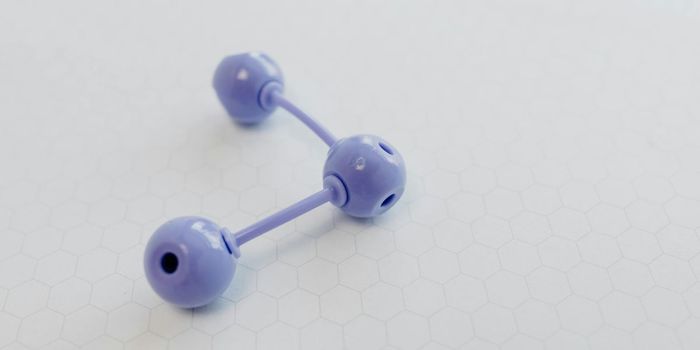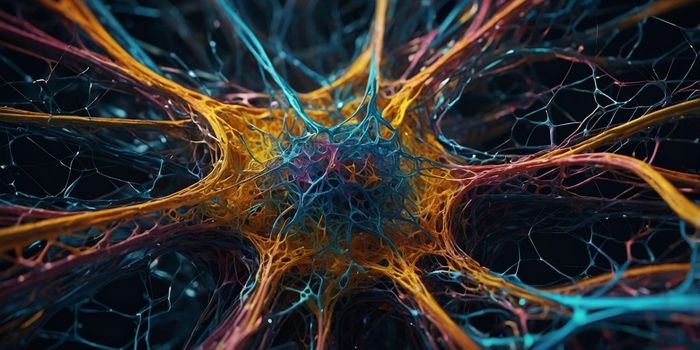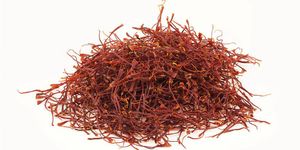The neurodegenerative disease known as ALS (amyotrophic lateral sclerosis) has no cure and no known cause. Sometimes referred to as Lou Gehrig’s Disease and more recently known for the ice bucket challenge that raised millions of dollars for research, it is devastating to those diagnosed with it. That could change now that researchers at the University of North Carolina School of Medicine have announced the results of a study conducted there that is the first to describe how clumps of a certain protein are thought to disrupt and destroy groups of neurons, setting the disease in motion.
What exactly happens in the brain when ALS is diagnosed? According to the
ALS Association, the disease attacks the motor neurons which lead out from the brain to the spinal cord and from there to the muscles in the body. These neurons are what carry signals from the brain to the muscles allowing people to move their arms and legs as well as speak, eat and breathe. When this process is disrupted, by damage or destruction of these neurons, ALS patients lose the ability to control the muscles in their body, eventually leading to paralysis and death.
Until now there has been no research that could show what causes the death of the motor neurons as it occurs in ALS. Without a cause, finding a cure is near to impossible. The findings at UNC could be a significant step in developing treatments to ward off neuronal death.
In a press release from the university, senior study author Nikolay Dokholyan, PhD, and the Michael Hooker Distinguished Professor of Biochemistry and Biophysics at the UNC School of Medicine said, “One of the biggest puzzles in health care is how to address neurodegenerative diseases; unlike many cancers and other conditions, we currently have no leverage against these neurodegenerative diseases. This study is a big breakthrough because it sheds light on the origin of motor neuron death and could be very important for drug discovery.”
Not all ALS cases are alike however.
The research at UNC focused on a small percentage of cases that involved a mutation of the SOD1 gene and a protein it contains. The defective protein on this gene tends to form clumps of three called “trimers” and it is this mutation and the subsequent clumping that causes motor neurons to die.
Elizabeth Proctor, PhD, a graduate student in Dokholyan’s laboratory at the time of the study and the paper’s first author
said in an interview with chapelboro.com, “Not only did we find (clumps) actually killed (neurons), we were able to figure out what those little clumps looked like. Maybe in the future we can try to target this with treatments or further experiments to try to figure out what goes on in the disease.” ()
While scientists have known since the 1990’s that the protein SOD1 and it’s mutation was related to ALS, the UNC research is the first to have actually identified the structure and action of the trimmers by growing neuron-like cells in the lab and observing how they acted. Some of the research used computational modeling as well.
The research was published in the journal Proceedings of the National Academy of Sciences on December 28, 2015. It was funded with grants from the National Institutes of Health. Take a look at the video below to see more about this research and what it could mean for ALS and other neurodegenerative diseases.









